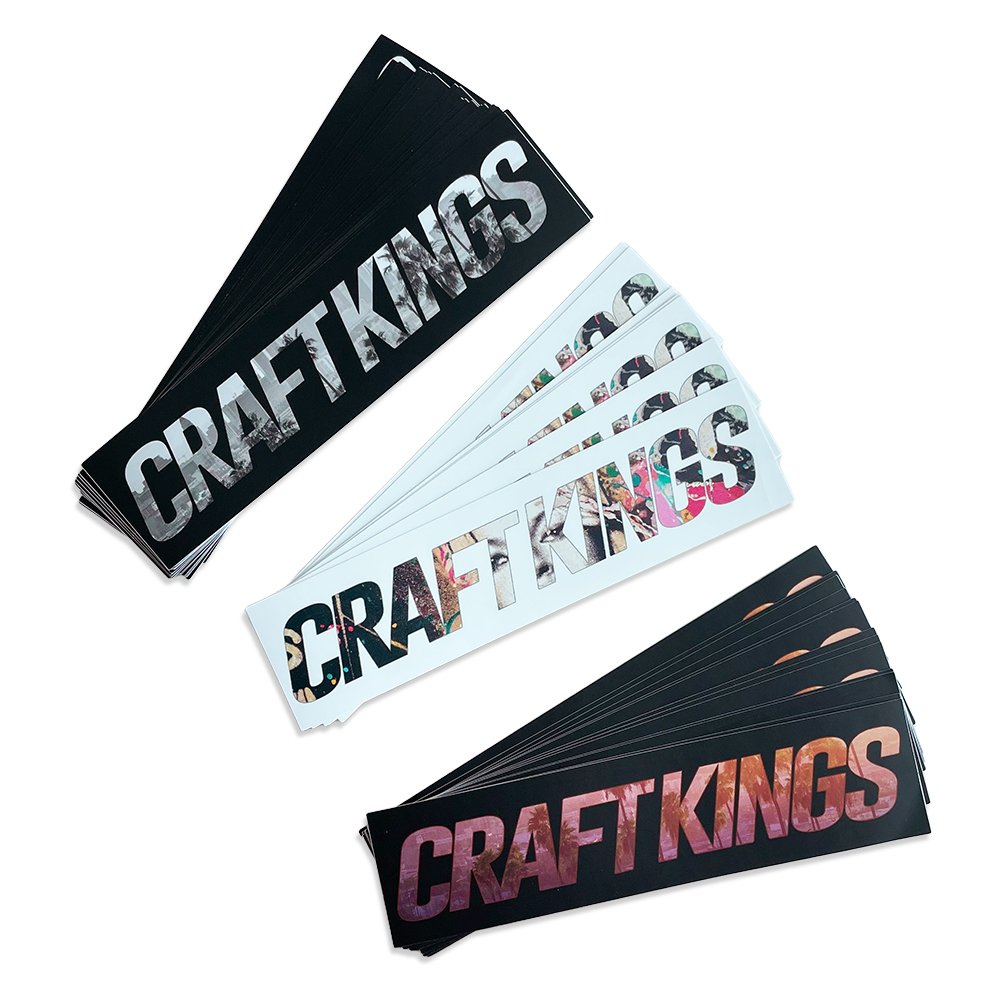I. Compliance First: Define Information Boundaries and Avoid Design Risks
Compliance is the foundation of label design. It must strictly follow the Cosmetic Supervision and Administration Regulation and GB 5296.3 National Standard, ensuring all information is complete and non-misleading.
Mandatory Information Must Be Clearly Displayed:
The label must include the product name, full ingredient list (in descending order by content), production date/batch number, shelf life (or expiration date), manufacturer’s name and address, standard code, and cosmetic registration (or approval) number.
All mandatory text should be at least 1.8 font size (approx. 0.5mm), clearly printed and durable. For example, the registration number can be placed at the bottom of the label in light gray small print — this keeps the main visual clean while maintaining compliance.
Claims Must Be Accurate and Lawful:
Avoid using medical terms such as “treat” or “cure,” and absolute expressions like “the most effective” or “100% results.” Claims such as “moisturizing” or “soothing” must correspond with the ingredients list (e.g., hyaluronic acid supports a moisturizing claim).
Claim text should be visually separated from mandatory information but not compromise its legibility.

Material and Printing Compatibility:
Select printing processes based on the bottle material — for example, silk screen printing for glass (scratch- and wear-resistant), and UV printing for plastic (vivid color and strong adhesion).
Avoid mismatched processes that cause easy fading or smudging, which can affect information readability.
II. Information Hierarchy: Focus on Key Needs and Avoid Visual Clutter
Serum bottles are typically small (15ml–30ml), with limited label areas (5–10 cm²). The design should allow users to grasp the key information within three seconds.
Primary Information (Visual Focus):
Brand logo and core product message (e.g., “377 Brightening Serum”, “Pro-Xylane Anti-Aging Essence”) should serve as primary information.
Use ≥4 font size (approx. 1.2mm) with high-contrast colors (brand color + white), positioned at the center or upper area of the label — this is the first area a user sees when picking up the bottle. It should quickly answer: What brand is this? What does it do?
Secondary Information (Decision Support):
Highlight key ingredients (e.g., “5% Niacinamide,” “10% Pure Vitamin C”) and usage scenes (e.g., “Night Repair,” “Daytime Antioxidant”) in 2–3 font size.
You may add concise icons — e.g., a “C” symbol for Vitamin C, or a “water drop” for hydration — to reduce reading effort.
Example: under “377 Brightening Serum,” add the phrase “Fade Dark Spots & Brighten,” with a lightbulb icon for instant clarity.
Tertiary Information (Supporting Text):
Include usage directions (e.g., “Apply 2 drops to the face every night after cleansing”) and precautions (e.g., “Avoid eye area,” “Patch test for sensitive skin”) at the bottom or side of the label in 1.8–2 font size.
Use segmented layout (1–2 lines per section) to keep the text airy and easy to read.
III. Visual Design: Align with Brand Identity and Enhance User Association
The visual design should reflect the serum’s function, target audience, and usage scenario — creating a memorable impression and conveying premium quality within limited space.
Color: Match with Function and Audience:
Different serum functions call for specific color logic:
Hydrating serums: blue or green for freshness and moisture.
Anti-aging serums: gold or brown for a premium, restorative feel.
Brightening serums: white or pale pink for purity and radiance.
Use low-saturation pastel tones for young female consumers, and deeper hues (dark brown, forest green) for mature-skin products.
Layout: Adapt to Bottle Shape:
Cylindrical bottles suit wrap-around labels (horizontal layout matching curvature, preventing text distortion), while flat or square bottles suit single-face labels (main info on the front, regulatory info on the side).
Example: For a 30ml cylindrical serum, place the logo and product name horizontally on the upper half, and ingredient/direction info vertically on the side — users can read everything by rotating the bottle.
Detailing: Enhance Texture and Interaction:
Use fine craftsmanship to elevate perceived quality — e.g., foil stamping around key ingredients (“5% Pro-Xylane”), or micro-embossed edges to create tactile richness.
You can also print a “28-day usage tracker” on the back label — it doesn’t occupy front space yet encourages user engagement and brand recall.
IV. User Experience: Adapt to Real Usage Scenarios and Solve Pain Points
Serum bottles are often used one-handed and require precise dosing, so label design must avoid interfering with these behaviors.

Avoid Key Operation Areas:
Labels should not cover the bottle neck, pump, or dropper area. If the bottle has volume markings (e.g., 1ml, 2ml), use transparent PET labels or leave the area uncovered to ensure visibility and accurate dosing.
Improve Grip and Anti-Slip Performance:
For glass bottles, add localized embossing on the label sides; for plastic bottles, choose matte label materials to increase friction and prevent slipping.
Edges should be rounded (≥1mm radius) to avoid scratching the user’s fingers.
Adapt to Storage Environments:
Since serums are often kept in bathrooms or dressing areas, labels should use waterproof and oil-resistant materials (e.g., laminated films) to prevent blurring.
For light-sensitive formulas, include a “keep away from light” icon on the label and pair with a dark bottle — a dual reminder to ensure proper storage.


